





Fed Up with Pushy Door-to-Door Solar Salespeople You Can't Trust?
Let's Build Trust Together
Fed Up with Pushy Door-to-Door Solar Salespeople You Can't Trust?
Let's Build Trust Together
One-Stop
Residential Solar

As a seasoned project manager, I will handle every step of the process, from set-up through installation and beyond, with professionalism, honesty, and care.
One-Stop Residential Solar

Common Dilemmas Avoided with Wayne The Solar Guy:

Inflated Commissions
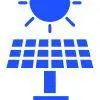
Obsolete Technology

Exaggerated Production

1-Size Fits All Financing

Unstable Company

Non-Transparency

Non Disclosure

Breach of Service

Protracted Install

Weak Warranty

Leaky Roof

Customer Disconnects
Get Your FREE Solar Analysis Today!
Unlock the Power of Choice:
More Options, Better Results!
Wayne the Solar Guy offers access to world class solar companies, ensuring optimal price and quality for your project. Our network of industry leaders provides a range of carefully vetted options, not just one-size-fits-all solutions. This allows us to tailor installations to your specific needs and budget; maximizing value and performance. With Wayne, more choices mean better results for your home's solar solution.
Our Partners:



Results Matter!




I'm committed to making your residential solar installation experience seamless and hassle-free. As a seasoned project manager, I will handle every step of the process, from set-up through installation and beyond, with professionalism, honesty, and care.
Common Dilemmas Avoided with Wayne The Solar Guy:






Inflated Commissions
Obsolete
Technology
Exaggerated Production
1-Size Fits All Financing
Unstable
Company
Non-Transparency






Non
Disclosure
Breach of
Service
Protracted
Install
Weak
Warranty
Leaky
Roof
Customer Disconnects
If You're Happy...
I'm Happy
What some of my world class clients have to say about Wayne The Solar Guy
Get Your FREE Solar Analysis Today!
Empower Your Solar Journey!
Watch our essential video series to unlock critical insights for making an informed decision.
Free In-Depth Personalized Solar Analysis ($179 Value)
My solar analysis will help us craft a custom solar solution for your home!
Energy Usage Analysis
Review of utility bill to understand current energy consumption patterns
Projection of future energy needs based on household size, appliances, etc.
Determination of how much of the home's energy needs is offset by solar
Satellite Assessment
Analysis of local climate data and sun exposure levels using DARP data.
Evaluation of the roof condition, orientation, tilt, shading, and much more
Analysis of any obstructions like trees or buildings that could cast shade
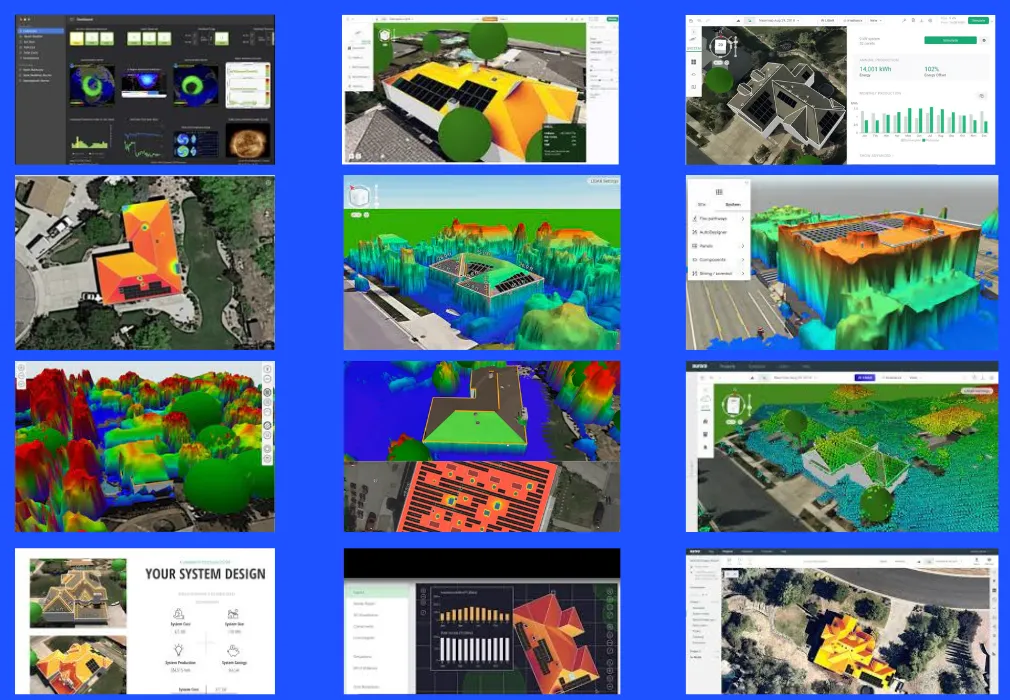
System Design
Recommendation on system size (number of solar panels) based on energy needs
Analysis and Selection of specific solar panel models and inverter types
Projected energy production estimates for the proposed system design
Financial Analysis
Calculation of any and all costs for equipment and installation
Projection of long-term energy cost savings compared to utility rates
Determination of available tax credits, rebates, and incentive programs
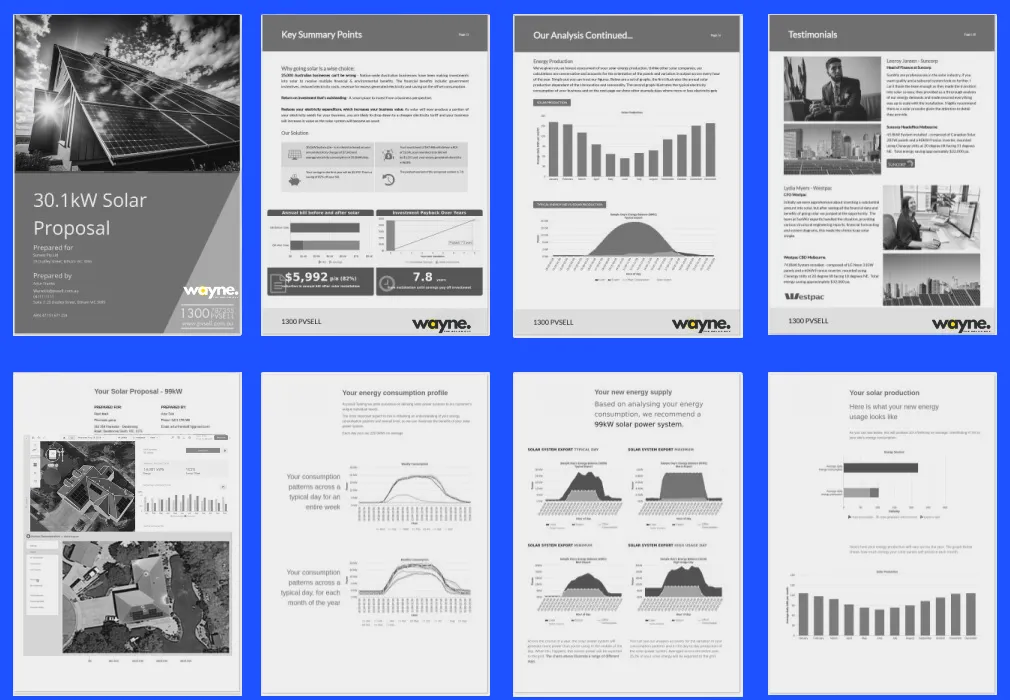
Get Your FREE Solar Analysis Today!
Wayne's Way: Nothing But Solar Excellence!
I personally select only top-tier, high-performance solar panels and invertors from industry-leading manufacturers for every installation. With extensive experience in the solar industry, my committment to quality ensures you get a system that maximizes energy output while maintaining production over time.
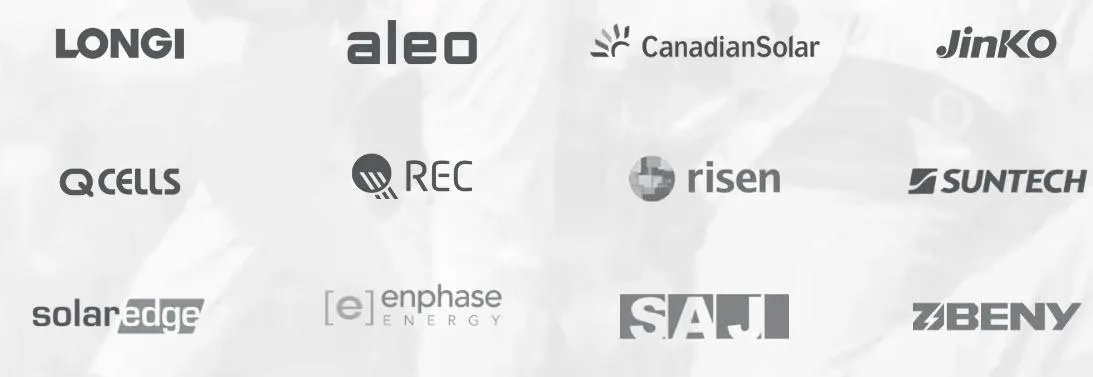
Tailored Solutions for Financial Success
Say goodbye to One-size-fits-all financial solutions and hello to personalized options that help you make informed decisions that align with your specific situation, leading to more effective and satisfying financial outcomes.
Cash (Full Purchase)

Lease (Zero Out Of Pocket)

Finance (Zero Out Of Pocket)


Our Financial Partners
Solid as the Sun: Wayne's Golden Standard for Financial Partners

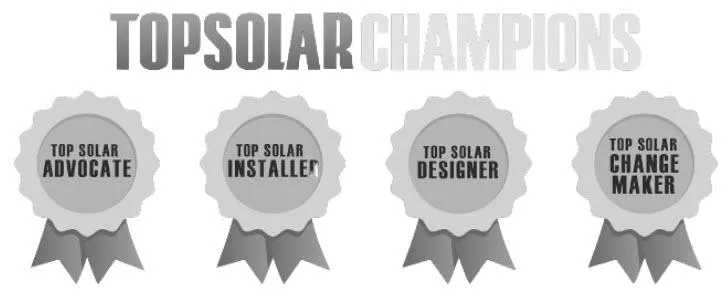
Get Your FREE Solar Analysis Today!
100 N Main St, Edwardsville, Illinois 62025
Copyright © Wayne The Solar Guy

Unlock the Power of Choice: More Options, Better Results!
Wayne the Solar Guy offers access to world class solar companies, ensuring optimal price and quality for your project. Our network of industry leaders provides a range of carefully vetted options, not just one-size-fits-all solutions. This allows us to tailor installations to your specific needs and budget; maximizing value and performance. With Wayne, more choices mean better results for your home's solar solution.




If You're Happy...I'm Happy
What some of my world class clients have to say about Wayne The Solar Guy
Get Your FREE Solar Analysis Today!
Empower Your Solar Journey!
Watch our essential video series to unlock critical insights for making an informed decision.
Free In-Depth Personalized Solar Analysis ($179 Value)
My solar analysis will help us craft a custom solar solution for your home!
Energy Usage Analysis
Review of utility bill to understand current energy consumption patterns
Projection of future energy needs based on household size, appliances, etc.
Determination of how much of the home's energy needs is offset by solar
Satellite Assessment
Analysis of local climate data and sun exposure levels using DARP data.
Evaluation of the roof condition, orientation, tilt, shading, and much more
Analysis of any obstructions like trees or buildings that could cast shade
System Design
Recommendation on system size (number of solar panels) based on energy needs
Analysis and Selection of specific solar panel models and inverter types
Projected energy production estimates for the proposed system design
Financial Analysis
Calculation of any and all costs for equipment and installation
Projection of long-term energy cost savings compared to utility rates
Determination of available tax credits, rebates, and incentive programs

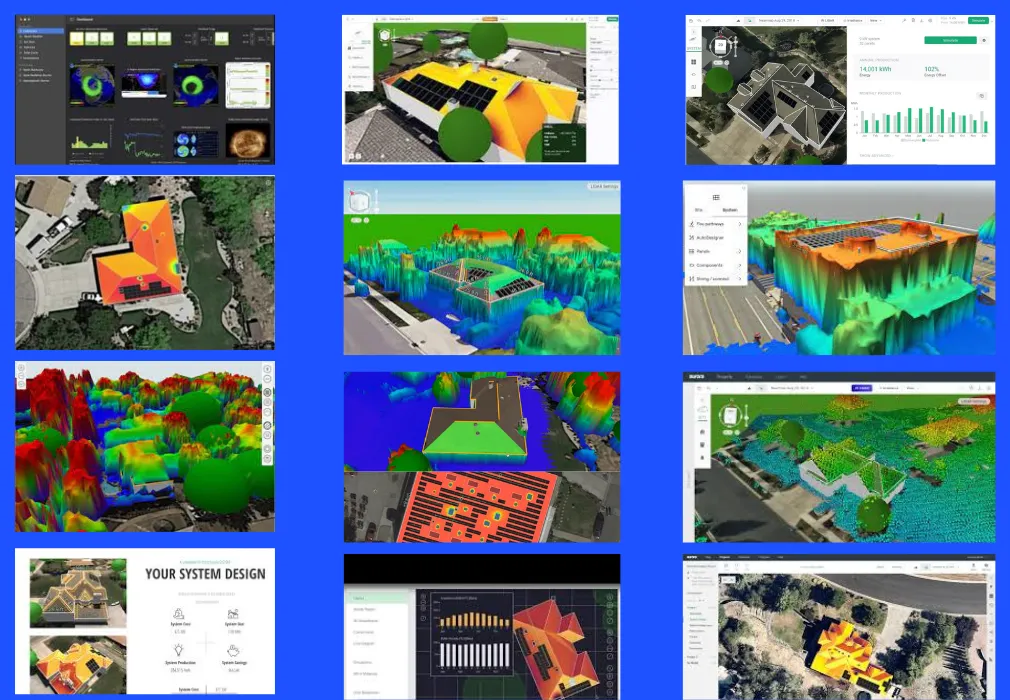
Get Your FREE Solar Analysis Today!
Wayne's Way: Nothing But Solar Excellence!
I personally select only top-tier, high-performance solar panels and invertors from industry-leading manufacturers for every installation. With extensive experience in the solar industry, my committment to quality ensures you get a system that maximizes energy output while maintaining production over time.












Get Your High Level Solar Analysis Today!
Tailored Solutions for Financial Success
Say goodbye to One-size-fits-all financial solutions and hello to personalized options that help you make informed decisions that align with your specific situation, leading to more effective and satisfying financial outcomes.
CASH
(Full Purchase)


LEASE
(Zero Out Of Pocket)


FINANCE
(Zero Out Of Pocket)


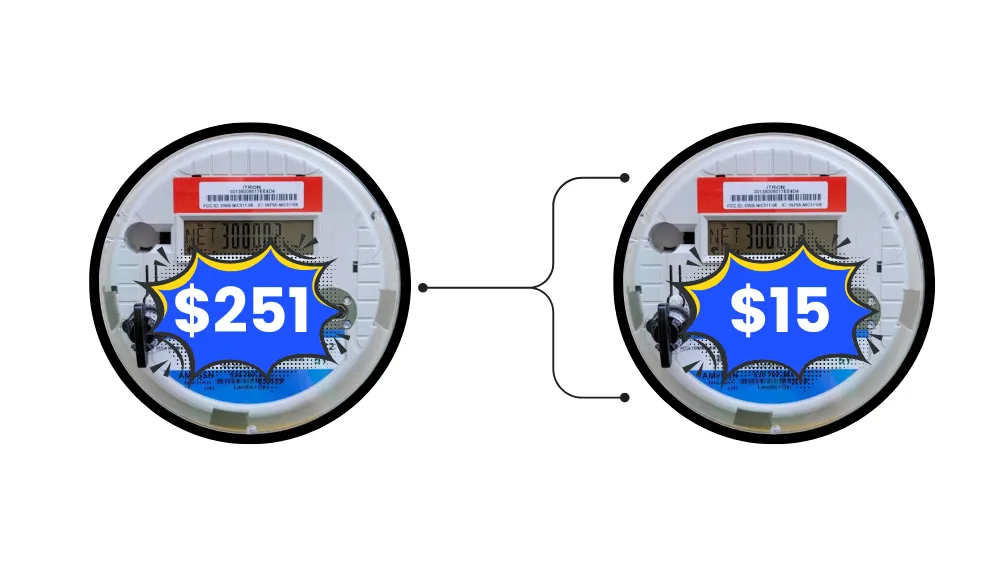
Our Financial Partners
Solid as the Sun: Wayne's Golden Standard for Financial Partners








Get Your FREE Solar Analysis Today!
Home Solar FAQ's
What happens to my roof?
What are the advantages of solar panels for your roof, here are the key benefits:
1. Roof Protection: Solar panels can actually help protect your roof from the elements. They act as a barrier against harsh weather conditions like rain, snow, and hail, potentially extending the life of your roof.
2. Temperature Regulation: Solar panels can help keep your home cooler by absorbing sunlight that would otherwise directly hit your roof. This can reduce the heat transferred into your attic and upper floors, potentially lowering your cooling costs in summer.Increased
3. Potential Roof Replacement Opportunity: If your roof is nearing the end of its lifespan, installing solar panels can be an opportunity to replace or repair your roof simultaneously, potentially saving on labor costs.
4. Most high end warranties covers 30 years of your roof against roof leaks where the solar panels are installed.
It's important to note that while these advantages are significant, the suitability of solar panels depends on factors like your roof's condition, orientation, and local climate. It's always best to consult with a professional solar installer to assess your specific situation.
What happens if we move and sell the house?
If you decide to sell the house you have 2 options. The first option is to transfer the solar payment to the next buyer of your house. The second option is to list the house with a solar system included and add extra dollars to the listed price to cover your solar loan. A house with no electric bill sells faster and for a premium price compared to a house with an expensive electric bill that keeps going up.
How much will my property value increase?
Installing solar panels can indeed increase your home's property value, though the exact amount varies depending on several factors. Here are the key points:
1. Average increase: According to a 2024 study by SolarReviews, homes with solar panels sold for about 6.8% more on average than homes without solar. This is an increase from the 4.1% figure found by Zillow in a 2019 study.
2. Monetary value: With the median home value in 2024 at around $417,000, solar panels could potentially add over $28,000 in value.
3. Location-dependent: The increase in value can vary significantly by location. For example:
-In Seattle, Washington, homes with solar panels sold for 9.3% more on average.
-In New Jersey, solar homes sold for 9.9% more (about $32,281 for the median-valued home).
-In California, the statewide average increase was 3%, but it varied by city (4.4% in San Francisco, 3.6% in Los Angeles).
4. Energy savings correlation: The National Renewable Energy Laboratory (NREL) found that home value increases by $20 for every $1 saved on annual utility bills due to solar.
5. Buyer preference: A 2021 Zillow housing trends report found that 67% of homebuyers considered energy efficiency to be "very to extremely important" in a potential home.
6. System factors: The value increase can be affected by the solar system's size, age, condition, and whether it's owned or leased.
It's important to note that while solar panels generally increase home value, the impact can vary widely based on your specific location, local energy prices, and solar market conditions. In some cases, such as in Wisconsin, solar homes were found to sell for less than non-solar homes. Therefore, it's advisable to research your local market and consult with real estate professionals to get a more accurate estimate for your specific situation.
Will solar get cheaper if I wait?
Hey there, solar enthusiasts! Wayne the Solar Guy here, and let me tell you something straight from the heart: There's never been a better time to go solar than right now!
You might be thinking, "But Wayne, shouldn't I wait for prices to drop even more?" Well, let me break it down for you:
1. Savings start today: Every day you wait is another day you're paying those hefty utility bills. Why keep throwing money at rising energy costs when you could start saving immediately?
2. Incentives are hot right now: The federal solar tax credit is locked in for the next decade, but state and local incentives? They're like shooting stars - blink and you might miss them! Don't risk losing out on these money-saving opportunities.
3. Technology is already awesome: Sure, panels might get a tiny bit more efficient in the future, but today's tech is already incredible. You'll be amazed at how much energy you can produce right now.
4. Energy independence is priceless: With grid reliability becoming a bigger issue, having your own power plant on your roof? That's peace of mind you can't put a price tag on.
5. Home value boost: Solar panels can increase your property value by an average of 6.8%. That's like getting an instant home upgrade!
6. The solar "sweet spot": We're in this perfect moment where costs have dropped significantly, but before any potential supply chain issues or labor cost increases kick in. It's the solar installation sweet spot!
7. Beat the rush: As more people catch on to the solar revolution, installation wait times could increase. Get ahead of the curve and start enjoying those savings sooner.
Look, I get it. Making a big decision like going solar can feel overwhelming. But here's the thing - I've been in this business for years, and I've seen countless families transform their energy future by making the switch.Don't let analysis paralysis hold you back from enjoying all the benefits of solar. The sun's shining bright on the solar industry right now, and it's time for you to catch those rays!Remember, with Wayne the Solar Guy, you're not just getting panels - you're getting a partner in your solar journey. We'll walk you through every step, ensure you get the best system for your needs, and be here for the long haul.So, what do you say? Ready to join the solar revolution and start saving today? Let's chat and see how we can brighten up your energy future!
Am I required to pay upfront money to go solar?
There are various zero down programs that mean no money out of pocket and instantly lowering your electric bill payment. Lock a low price that is predictable and it will not increase for the next 20 years. We all know that the price of gasoline goes up over time. If I have given you a chance to lock down the price of gasoline to 99 cents for the next 20 years – would you have taken it? The same logic is with a solar – low monthly payment that does not increase over time. On average utility companies increase the electric price roughly between 4 to 7 % per year. In 12 years that double what you are currently paying for electricity. If you are paying $300 electric bill today in 12 years it will be $600. If you have gone solar and your monthly payment is at $150 per month that is a big difference – which one do you like better $150 payment or $600? It is a smart investment for the future!
How much does it cost?
Every house is different and every household consumes energy differently. In order to determine the price of your solar system we will need your current electric bill. We will look at the annual energy consumption and design a solar system that will meet your current and future needs. Wayne the Solar Guy will look at your house and create a High Level Solar Analysis that provides speadsheet analysis of projeccted savings. Get Your High Level Solar Analysis Today!
What states do you serve?
We can install solar systems in the states in BLUE on the map below:

When do we start saving money?
Solar Energy: Long-Term Financial Benefits:
1. Immediate Cash Positive ImpactIn most cases, solar installations can be cash positive from day oneSome scenarios may have initial payments similar to utility bills
2. Stable Payments vs. Rising Utility Costs: Solar payments remain constant over timeUtility prices typically increase by about 4% annuallyLong-term savings become more significant as utility costs rise
3. Fixed Low Monthly PaymentsSolar payments stay low for 10-20 yearsContrast with continuously increasing utility bills for others
4. Path to Energy IndependenceSolar loans have a defined payout dateAfter payout, you fully own the panelsSolar loan payments cease, leading to $0 energy costs
5. Home Value IncreaseSolar installation adds thousands of dollars to home value
6. Cost Comparison Over TimeBy the time solar is paid off, utility bills could double or tripleSolar owners enjoy $0 energy costs while others face rising expenses
7. Clean Energy AdvantageAvoid paying for expensive, "dirty" electricity from utility companies
In summary, solar energy offers stable, predictable costs in contrast to rising utility prices, eventually leading to energy independence and increased home value. This long-term approach results in significant financial benefits and a cleaner energy solution.
Who maintains my panels?
Solar Panels generally do not require much maintenance. There are no moving parts and occasional rain is usually enough to take care of the dust that can gather on the solar panels. All solar panels and inverter are covered by a 30 year warranty and in case you need a replacement of a malfunctioning unit – you will just call a number and it will be replaced promptly.
How long do solar panels last?
Solar panels generally have a lifespan of 25 to 30 years. However, this doesn't mean they stop producing electricity after this period; rather, it marks the end of their "useful life" as defined by the industry. Here are the key points to understand:
1. Useful Life: The industry standard for a solar panel's useful life is typically 25 to 30 years. During this time, panels are expected to produce electricity at or above a certain efficiency level.
2. Degradation Rate: Solar panels slowly degrade over time, producing less electricity each year. The average degradation rate is about 0.5% to 0.8% annually, according to a 2021 study by the National Renewable Energy Laboratory (NREL).
3. Performance After 25-30 Years: After their useful life, solar panels can still produce electricity, but at a significantly lower rate than their original output. By year 25, many panels still operate at 82.5% to 87.5% of their original capacity, depending on the degradation rate.
4. Warranties: Most solar panel manufacturers offer warranties of 20-25 years, guaranteeing that panels will produce at least 80% of their rated power during this period.
5. Potential for Longer Lifespan: High-quality solar panels can theoretically last up to 50 years, though this is not typical.Factors Affecting Lifespan: The actual lifespan of solar panels depends on various factors, including the quality of installation, specific equipment used, local climate conditions, and maintenance routines.
6. Recycling and Waste Management: As the solar industry grows, there's increasing focus on what happens to panels after their useful life. Recycling infrastructure for solar panels is still developing, and this is becoming an important consideration in the industry.
It's worth noting that while the panels themselves may last 25-30 years, other components of a solar system, such as inverters, typically have shorter lifespans (10-12 years) and may need replacement during the panels' lifetime.
In conclusion, while solar panels can continue to produce electricity for many decades, their efficiency decreases over time. The 25-30 year mark is generally considered the point at which it may make more sense economically to replace the system with newer, more efficient technology.
How long does it take to install the solar system?
Wayne and his team will handle all aspects of the installation and administrative details. Most solar salesmen are willing to provide untruthful preojections about install timelaines. With Wayne the Solar Guy you get the inconvient truths. Here is a realistic timeline, (which can vary widely based on the time of year, company, and state):
1. Initial Steps (1-4 weeks):
-Site assessment and system design: 1-3 weeks
-Contract signing and financial arrangements: 1-2 weeks
2. Permitting and Approvals (2-8 weeks):
-Submitting permit applications: 1-2 weeks
-Waiting for permit approval: 2-6 weeks (can vary significantly by location)
-HOA approval (if applicable): 1-4 weeks
3. Equipment Ordering and Scheduling (1-4 weeks):
-Ordering solar panels and equipment: 1-2 weeks
-Scheduling installation: 1-2 weeks
4. Installation (1-3 days):
-Actual on-site installation work: 1-3 days (depending on system size and complexity)
5. Post-Installation Inspections (1-4 weeks):
-City/county inspection: 1-2 weeks
-Utility company inspection: 1-2 weeks
6. Utility Interconnection and Permission to Operate (PTO) (2-4 weeks):
-Applying for interconnection: 1 week
-Waiting for utility approval and PTO: 1-3 weeks
7. System Activation and Final Steps (1-2 weeks):
-Meter installation (if required): 1 week
-System activation and customer orientation: 1 day
Total Timeline: Approximately 2-6 months
Key points to note:
The longest parts of the process are typically permitting/approvals and utility interconnection. Timelines can vary significantly based on location, local regulations, utility company processes, and the solar installation company's efficiency. Some steps may overlap, potentially shortening the overall timeline.Factors that can extend the timeline include roof repairs, electrical upgrades, or complex system designs. It's important to choose a reputable solar installer who can manage these steps efficiently and keep you informed throughout the process. While the average timeline is 2-6 months, some installations can be completed in as little as 4-8 weeks, while others may take up to 6-8 months in areas with more complex regulations or slower approval processes. Wayne the Solar Guy has an average install time of 67 days.
What are the various federal, state, and local incentives for homeowners considering residential solar
Here's a concise breakdown of various federal, state, and local incentives for homeowners considering residential solar:
Federal Incentives:
1. Federal Solar Investment Tax Credit (ITC):
-30% tax credit on the total cost of a solar system through 2032
-Drops to 26% in 2033 and 22% in 2034
-No maximum limit
State Incentives (vary by state, examples include):
1. State Tax Credits:
-Some states offer additional tax credits (e.g., New York offers 25% up to $5,000)
2. Cash Rebates:
-Offered by some states, utilities, or municipalities
-Can reduce solar system costs by 10-20%
3. Solar Renewable Energy Certificates (SRECs):
-Available in some states
Allow homeowners to sell certificates for energy their system produces
4. Property Tax Exemptions:
-Many states exclude the added home value from solar from property tax assessments
5. Sales Tax Exemptions:
-Some states waive sales tax on solar equipment purchases
Local Incentives:
1. Municipal Solar Programs:
-Some cities offer additional rebates or incentives
2. Utility Company Rebates:
-Local utilities may provide upfront rebates for solar installations
3. Performance-Based Incentives (PBIs):
-Payments based on the system's energy production over time
4.Low-interest Solar Loans:
-Offered by some local governments or utilities
5. Expedited Permits:
Some localities offer faster permitting processes for solar projects
Other Benefits:
1. Net Metering:
-Available in most states, allowing homeowners to sell excess electricity back to the grid
2. Increased Home Value:Solar installations can increase property values
Remember that incentives vary widely by location and can change over time. It's important to research current offerings in your specific area when considering solar installation.
Get Your FREE Solar Analysis Today!
2360 Hood Avenue, San Diego, CA, 92123. Feel Free To Reach Out: [email protected]
Copyright © Wayne The Solar Guy: +1 855-521-4310




